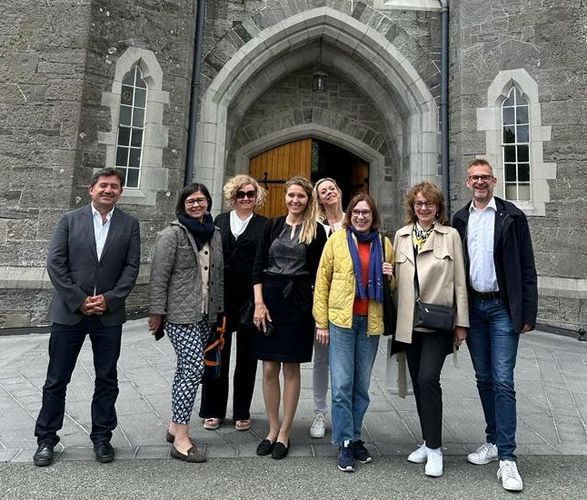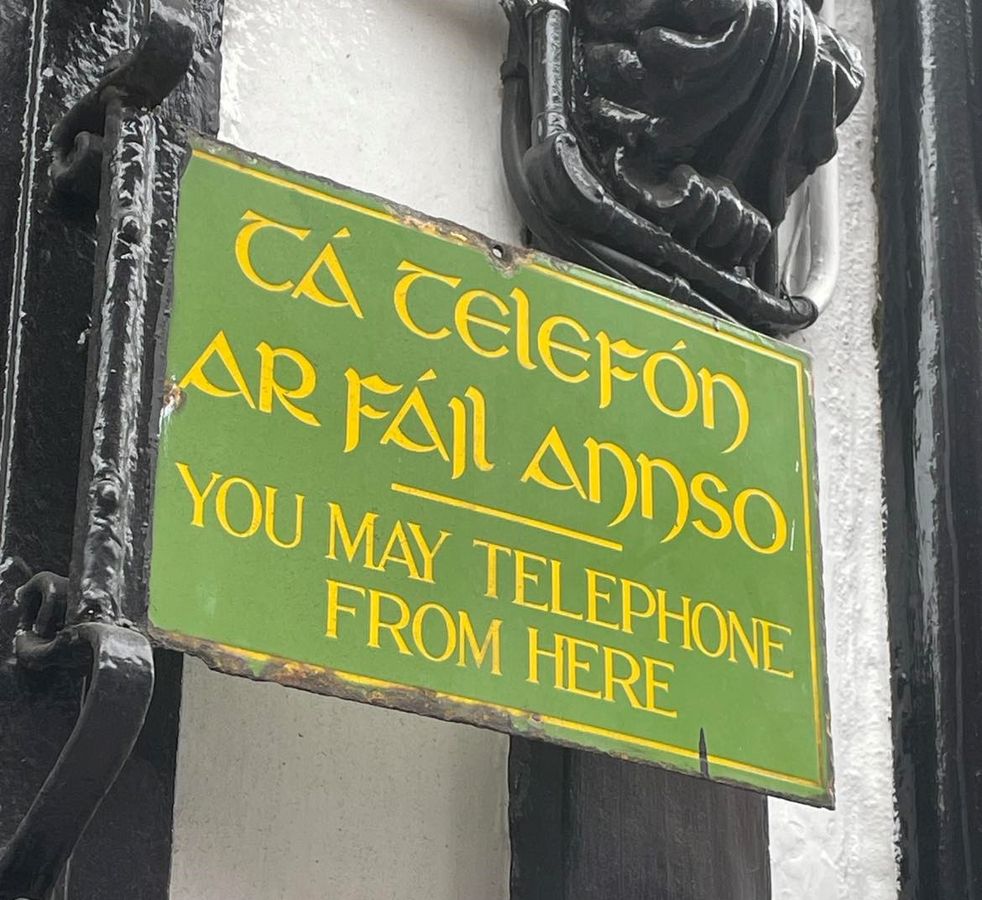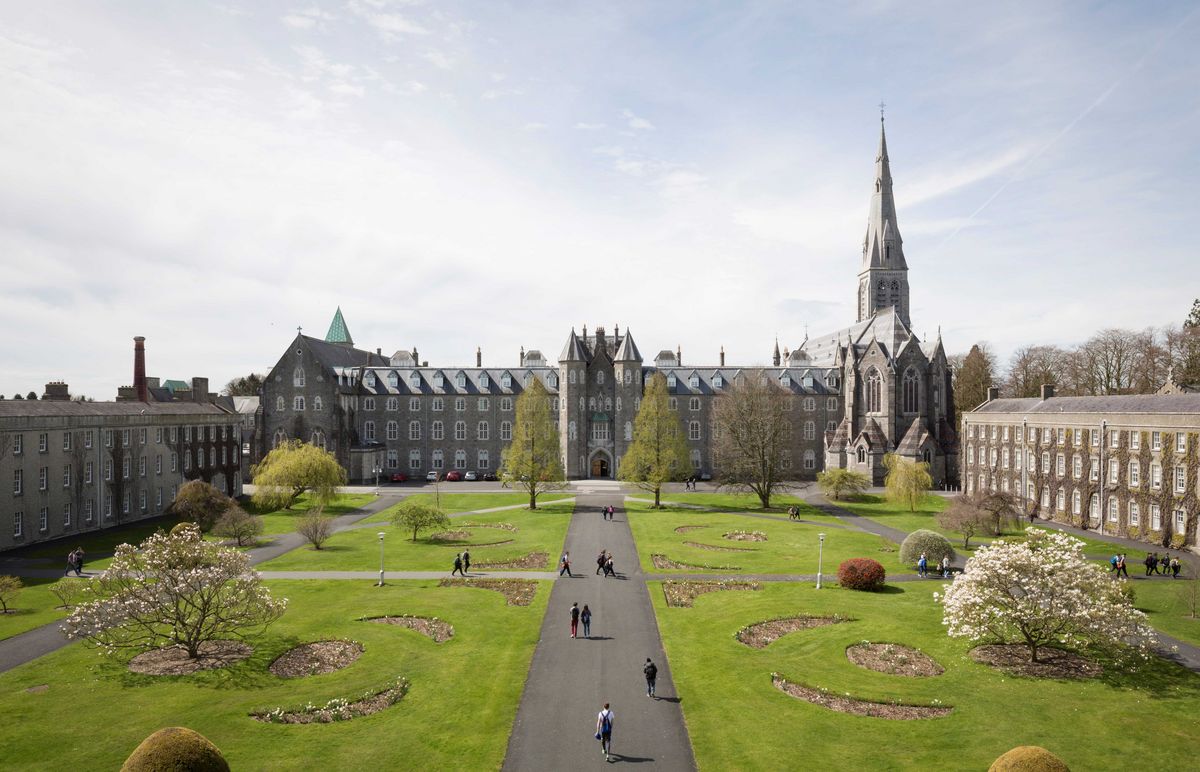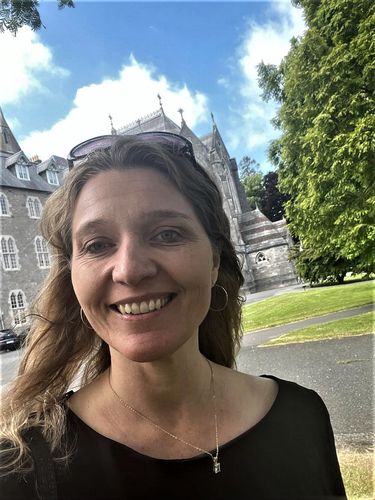As part of my work with Arqus, I had the opportunity to spend a few days in Ireland from 5 to 7 June with colleagues from Leipzig and from the Arqus Alliance. I was there for the third meeting of the Network of Language Centre Directors and a seminar on English as a Medium of Instruction (EMI).
Experiencing bilingualism in Ireland
As soon as I arrived, I saw multilingualism in action. All of the signs at the airport were both in English and in Irish. I had known that both languages were used in Ireland, but hadn’t realized that they were omnipresent. The reason for this is that it is legally regulated in Ireland that all signs, news and public announcements be published in both languages. This omnipresence means that people automatically learn some basic Irish, if just out of repetition of seeing the same words, for example, the words for push and pull and open and closed (brúigh, tarraingt, oscailt and dúnta). And as the children in Ireland are required to learn Irish during their entire primary and secondary education, they can at least read both languages and those who are motivated can continue to increase their proficiency. Multilingualism like this gives people multiple ways to express things and accordingly multiple ways to experience things. But it is true that a high amount of effort is required to have everything bilingual for only a small population that speaks Irish.




Comments
No comments found!